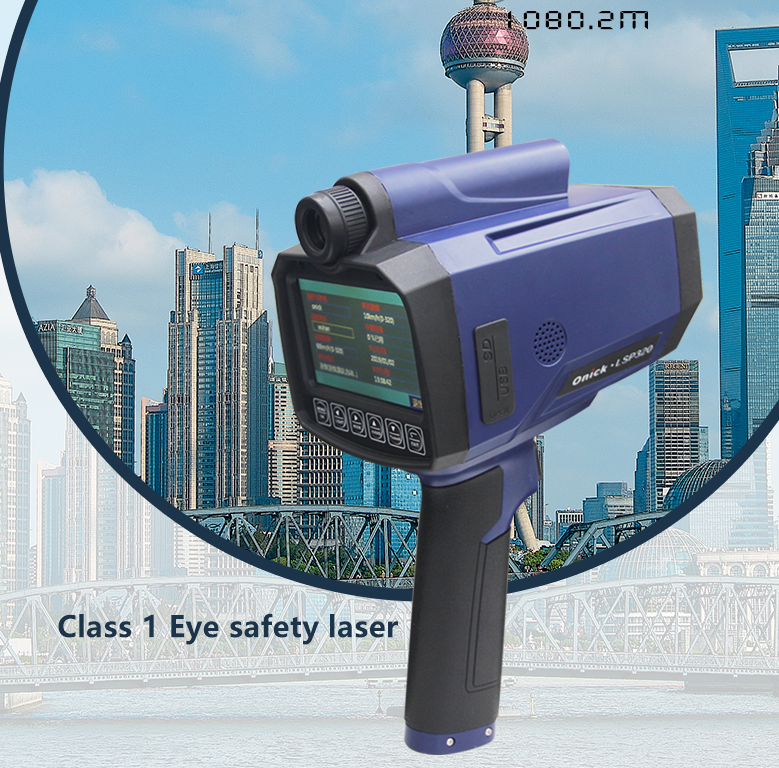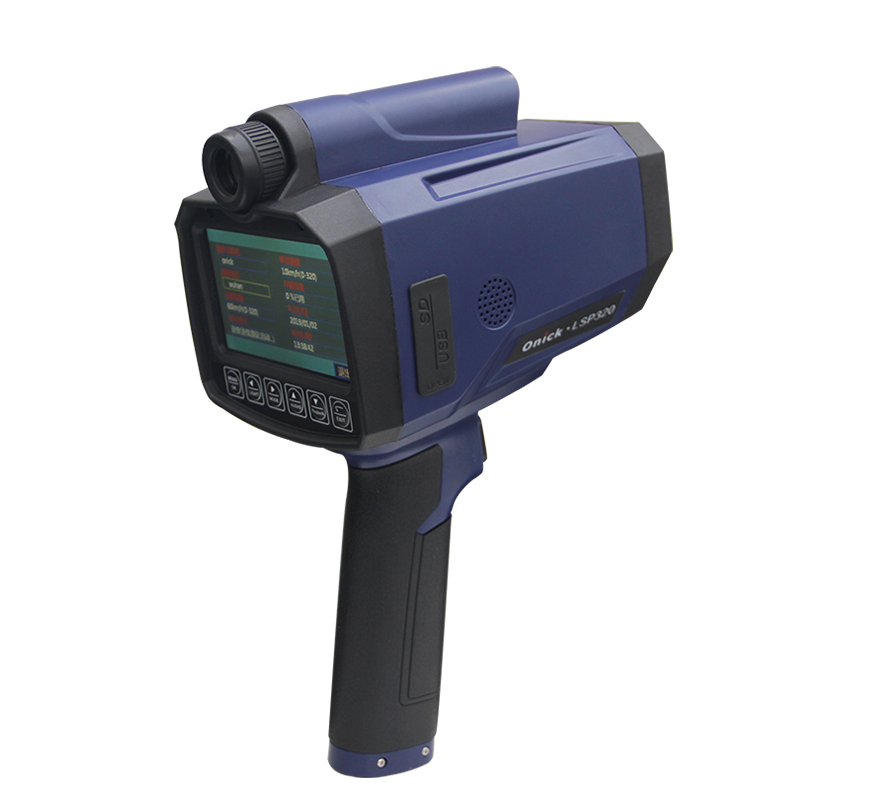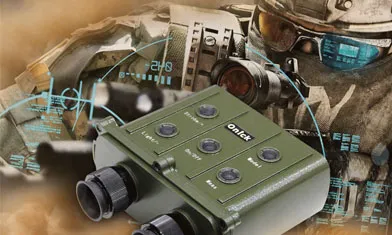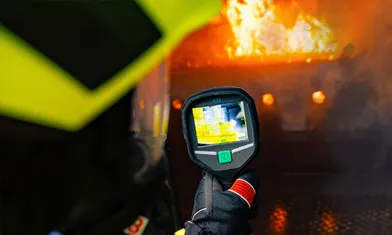Handheld Speed Capture Range Meter
Application of speedometer in traffic law enforcement:
At present, the most used speed measurement methods in China are radar speed measurement, laser speed measurement, ground sensing coil speed measurement, video speed measurement and infrared detection. At present, the most used or radar speed measurement and laser speed measurement these two.
Tachometer comparison
First, the difference - the principle is different
The principle of laser velocity measurement is to calculate the time difference by transmitting and receiving the laser beam, so as to determine the distance between the measured object and the test point. Laser velocity measurement is to measure the object twice with a specific time interval of laser distance, to obtain the moving distance of the measured object in the period, so as to obtain the moving speed of the measured object.
The principle of radar speed measurement is the application of Doppler effect, that is, the moving object has the effect of frequency shift on the received electromagnetic wave, and the radar speed measurement instrument is based on the calculation of the frequency shift of the received reflected wave and the motion speed of the measured object.
Second, the speed measurement range is different
The distance of laser speed measurement is far from the effective distance of radar speed measurement, which can be measured 1000M away and can be captured from a long distance.
The electromagnetic wave beam emitted by radar has a certain Angle, so the effective speed measurement distance is relatively close to the laser speed measurement, and the farthest speed measurement distance is 800 m(for large vehicles).
Third, the measurement accuracy is different
The laser beam emitted by the laser tachometer is extremely thin (the divergence Angle of the laser emission part is 3mrad), which can be accurately measured, and the diameter is only 30 cm at 100 meters, so the irradiation surface is small, and it can be perfectly aimed at any target.
The radar beam of the radar tachometer is larger than the irradiation surface of the laser beam (ray), so the radar tachometer is easy to capture the target, and it is difficult to measure the vehicle's single speed without perfect aiming. The radar fixed speed measurement error is ±1Km/h, and the motion measurement error is ±2Km/h.

Onick photographic speedometer
Fourth, the advantages and disadvantages of laser rangefinder and radar velocimeter
Advantages of laser speed measurement:
1, speed measurement sensitive: the measurement response is fast, a single speed measurement time is about 0.33-0.66 seconds.
2, anti-interference: because the laser beam of the laser tachometer is very thin, and its reaction time is very fast, the general electronic detector on the market is not useful for interference and detection of the laser tachometer.
3, a class of safety laser, safety for human eyes: at present, most countries use a class of safety laser, safety for human eyes.
4, the forensics ability is good: the forensics ability of the laser velocimeter is far greater than that of the radar velocimeter, so it is widely recognized and promoted around the world, such as the onica LSP320 handheld photo laser velocimeter can measure speed while taking photos, and save the photos taken in the instrument for easy forensics.
5, small energy consumption, long use time: laser rangefinder power consumption is relatively low, a charge can be used for a long time.
Disadvantages of laser speed measurement:
1, static use: in view of the principle of laser velocimetry, laser velocimetry can not be used in motion, can only be applied in a static state; So the general traffic police put the instrument on the patrol car, parked stationary use.
2, expensive: laser speedometer compared to radar speedometer is more expensive, more suitable for customers with sufficient budget.
Advantages of radar speed measurement:
1, dynamic use: radar speed measurement equipment can be installed in the patrol car, in the movement to achieve the detection of speed, is a very important part of the "mobile electronic police".
2, cheap price: radar tachometer compared to laser tachometer price is cheaper, more suitable for low budget customers.

Disadvantages of radar speed measurement:
1, easy to be interfered with: if there is a more reflective object next to the target, the speed radar can only measure the object with strong reflective ability. When there are two cars in parallel, the radar speedometer cannot tell which one is speeding. When the measurement signal is reflected for many times, the result measured by the velocity radar will also be wrong; Radio waves can interfere with the speed measuring radar and distort the measurement results.
2, weak concealment: radar sensors can detect the radar velocimeter, but it is extremely difficult to detect the existence of the laser velocimeter.
Onick handheld laser velocimeter
At present, there are many law enforcement units in the country are using handheld laser velocimeter Onick LS320, LS320 with printing function laser velocimeter, LSP320 with photo forensics velocimeter. Laser tachometer is a new traffic management law enforcement tool, it provides a reliable means of technical evidence for the control of illegal speeding, it overcomes the radar tachometer measurement speed slow, beam width and radiation caused by adverse effects on human health and other ills, so it has the radar tachometer incomparable advantages, can measure speed, but also ranging, strong functionality, It effortlessly detects the speed of a single vehicle, or even a motorcycle, from a busy multi-lane highway. With the widespread use of new equipment, radar detectors alone can no longer provide adequate protection. It can be seen that laser speed measurement will be more and more widely used in the future traffic law enforcement.





















